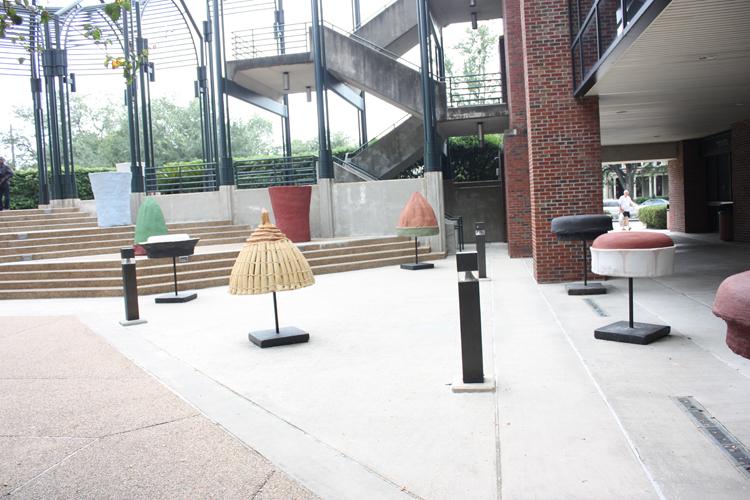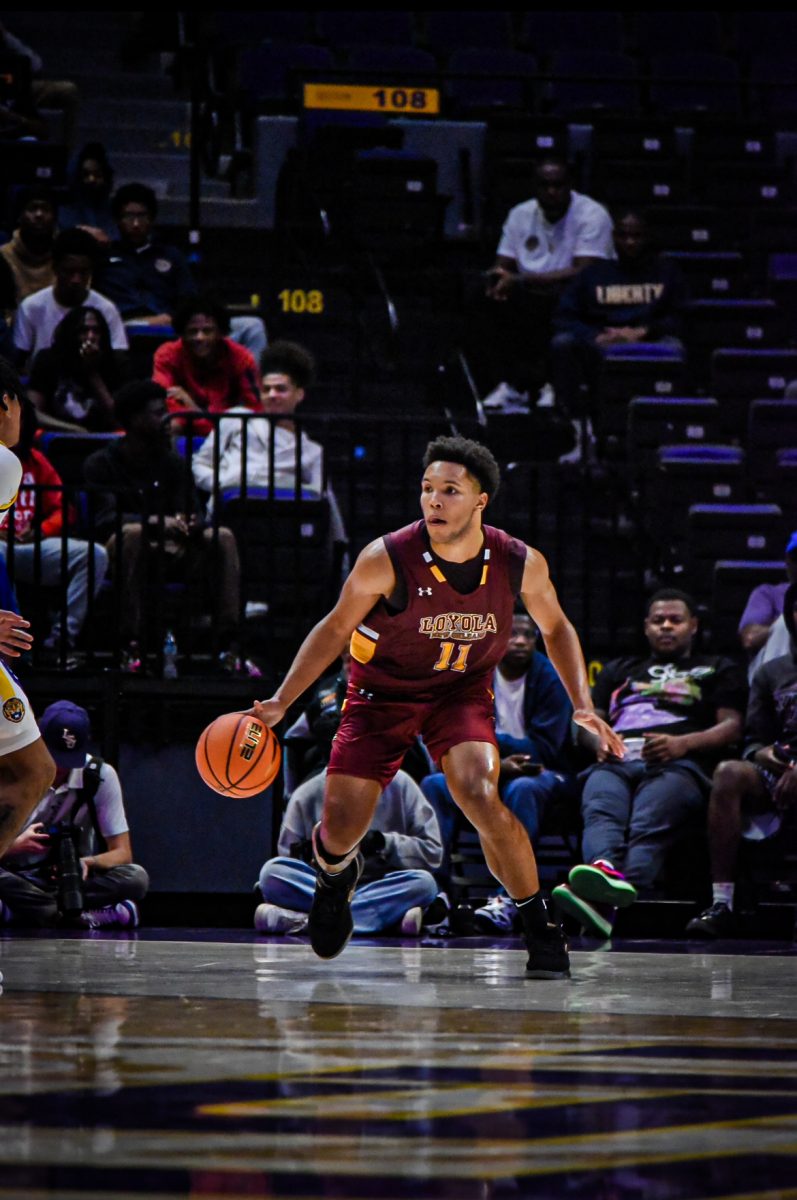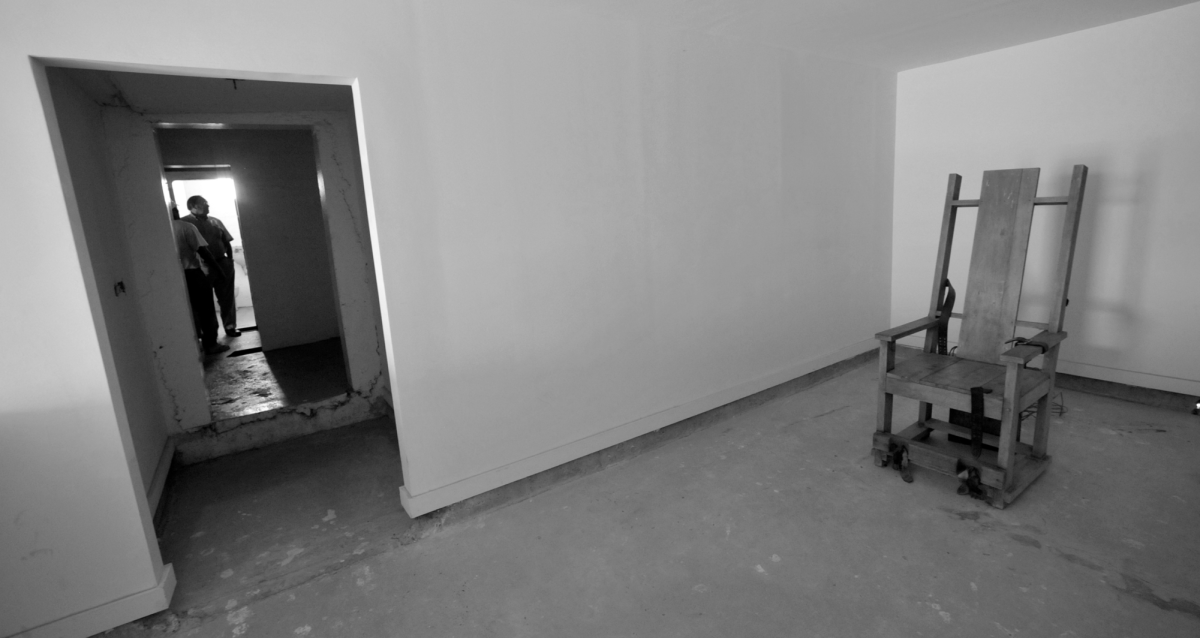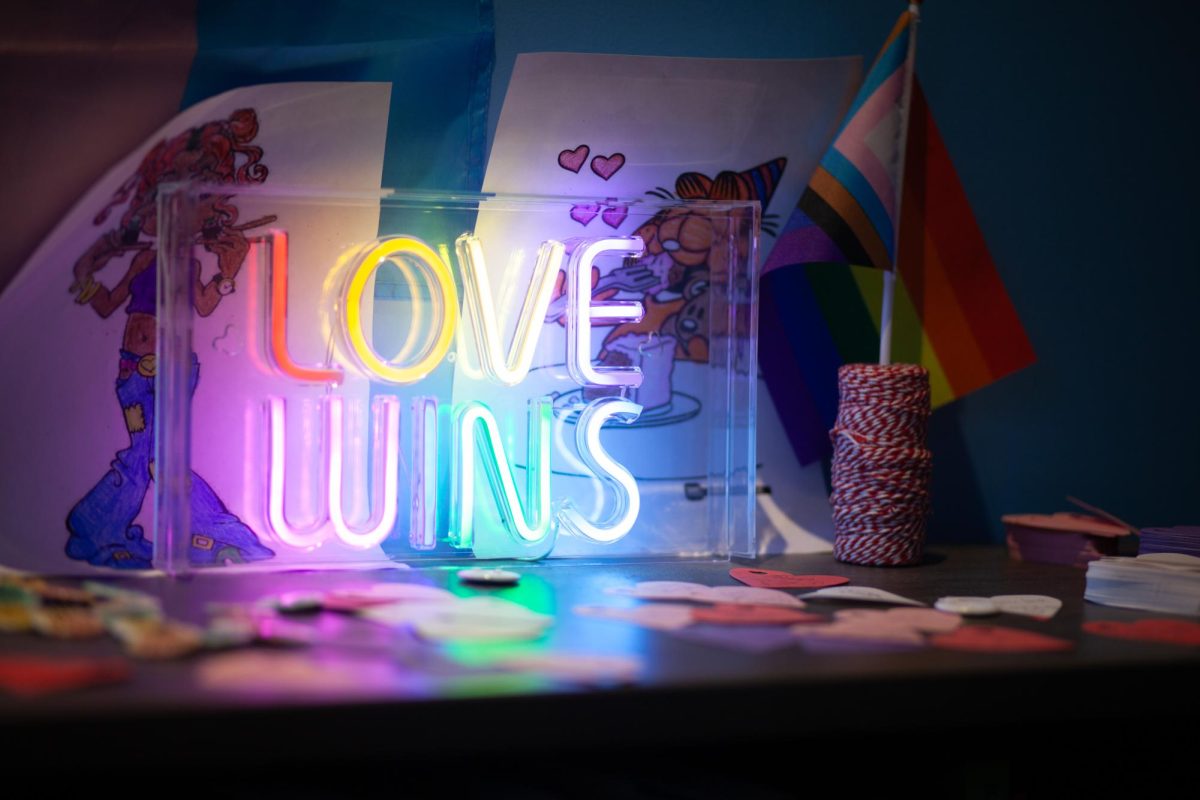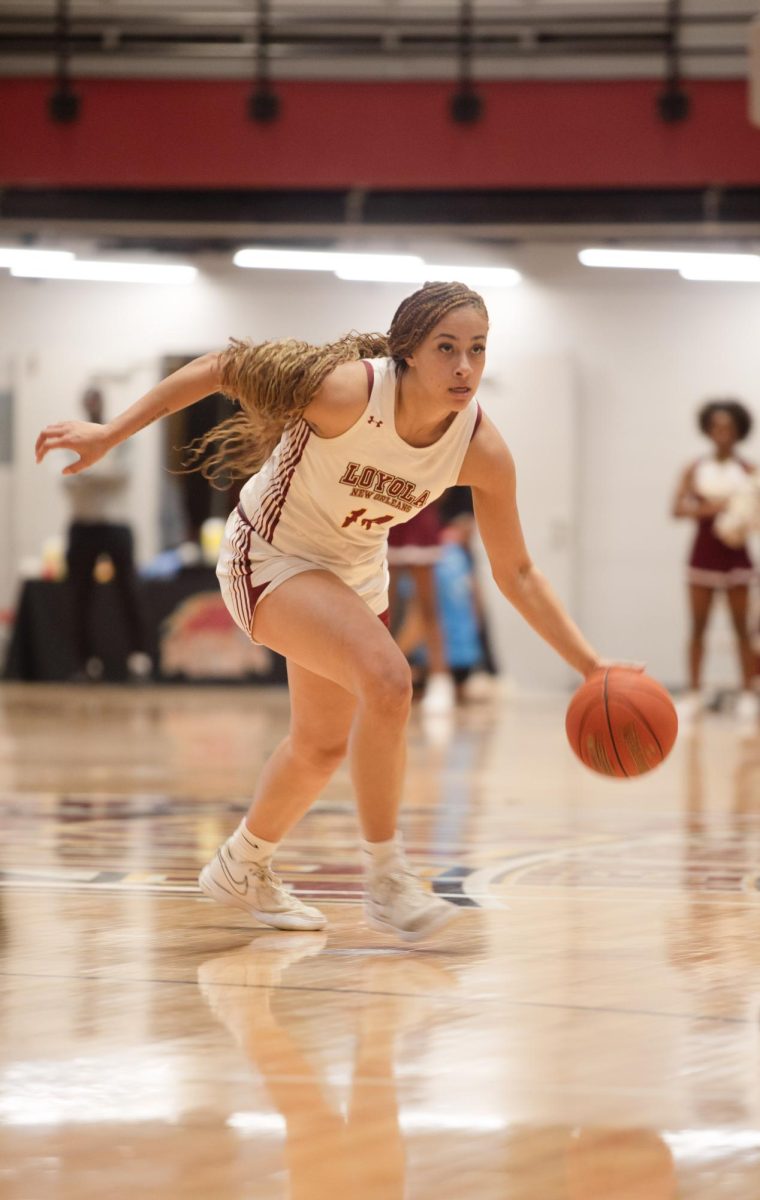He’s Loyola’s own version of the Mad Hatter.
Visual arts professor Mark Grote’s new exhibit is composed of 18 large sculptures of hats, which are three-dimensional representations of the two-dimensional hats featured in Renaissance painter Piero della Francesca’s works.
Mark Grote’s journey to creating “Hats of Piero della Francesca” began when his young son asked what he did at work.
“I said I teach kids how to make art, and he said, ‘Did they forget?’ And I thought…well, that’s pretty brilliant,” Grote said.
It did not take long before Grote decided to act and answer his son’s question.
After earning a Fulbright scholarship, Grote moved to England with his wife and children to fill a teaching position.
This position provided Grote with an opportunity to immerse himself in the art of teaching and art itself.
“I didn’t go with any preconceived notions or ideas, just the idea that if I had forgotten how to make art I wouldn’t be able to make art anymore… but maybe I hadn’t forgotten,” Grote said.
Grote tried to experience teaching in a new way with his students. He even rejected a studio space that was designated for his personal work and decided to work in the same space as the students.
As he became more involved, Grote volunteered to help with the annual trip that first-year Fulbright students take to Italy.
On the trip, Grote was inspired by one of Francesca’s great works, “The Legend of the True Cross.”
He decided to make that work the basis for his next project.
“Francesca, now, he was an amazing person because he was also a great mathematician,” Grote said. “He loved doing hats. He’s known as the Renaissance hats artist because he loved the forms and the shapes of the hats. He liked to work out the mathematics to make the cylinders, shapes, the triangles, etc.”
Grote said that during Francesca’s lifetime, hats were used as a form of identification and were considered more than just an accessory.
“Hats were kind of like your business card. It was your introduction when someone saw you. They would instantly know what you did and your status in the church,” Grote said.
As a collector of African hats, Grote said that he understood Francesca’s interest in them and became intrigued with the thought of transforming Francesca’s hats into sculptures.
Soon after inspiration struck, Grote received an Award to Louisiana Artists and Scholars Grant, which helped him carry out his ideas.
The ATLAS grant gave Grote financial stability while he took time off from teaching in order to concentrate solely on the process of creating the sculptures.
In addition to the grant, Grote was also awarded an artist and scholars’ stay at the American Academy in Rome.
He spent three weeks at the American Academy doing research to prepare for the actual creation of the hats.
While in Italy, Grote researched Francesca and many other Renaissance artists by visiting museums and historical sites as he tried to figure out the best way to make the hats.
“I didn’t totally have an idea of how I was going to make them,” Grote said. “The problem was that I had to make them large enough so they became sculptures; secondly, I wanted to make them so you could move them; and thirdly, I wanted to make them so they would withstand the elements of weather.”
After finishing his research, Grote experimented for about a month with different materials like fiberglass and canvas until he found that concrete suited all his requirements.
Grote said the hats’ construction is similar to the wire part of a lamp. First, the foundation is made with wire. It is covered with a canvas that is dipped in a slick, soupy concrete substance, then put on the wire form and shaped.
The material contains paint to give the hats color. After the material is draped onto the forms, the concrete dries and hardens into shape.
The process of creating the 18 sculptures took a year.
“These have been out here through a pretty horrendous spring with the rain and they are fine,” Grote said. “The big problem will be when the fraternity boys get on campus, and they’ll want to play with them.”
Prior to being displayed at Loyola, the sculptures were shown at St. Joseph’s Abbey for six months and exhibited at a wedding in Mississippi.
The sculptures will be displayed in Dixon Court until late September.
Leslie Gamboni can be reached at [email protected]
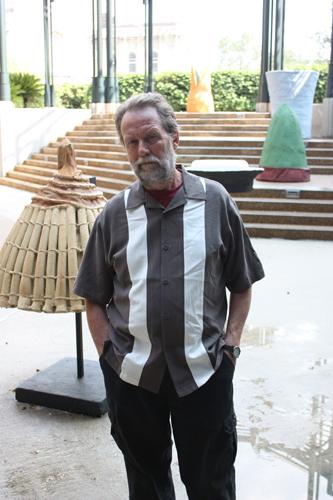
Mark Grote, visual arts professor, stands in front of his hat sculptures in Dixon Court Tuesday, Aug. 23. (Chika John)


